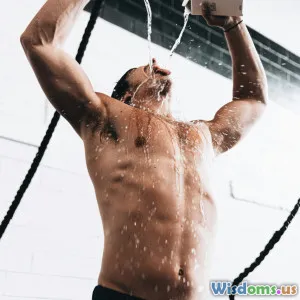
Are Cold Showers as Good as Ice Baths for Muscle Repair
16 min read Explore if cold showers work as effectively as ice baths for muscle repair and recovery post-exercise. (0 Reviews)
Are Cold Showers as Good as Ice Baths for Muscle Repair?
Stepping off a tough workout, every athlete—from marathon runners to weekend warriors—eventually faces the twinge of muscle soreness. While research touts cold water therapies as effective recovery tools, the question of which technique works best endures: Are cold showers really as effective as the time-honored ice bath for muscle repair? Let’s dive deep to assess the science, practicalities, and real-world results behind these chilling recovery strategies.
Exploring the Science of Cold Water Therapy
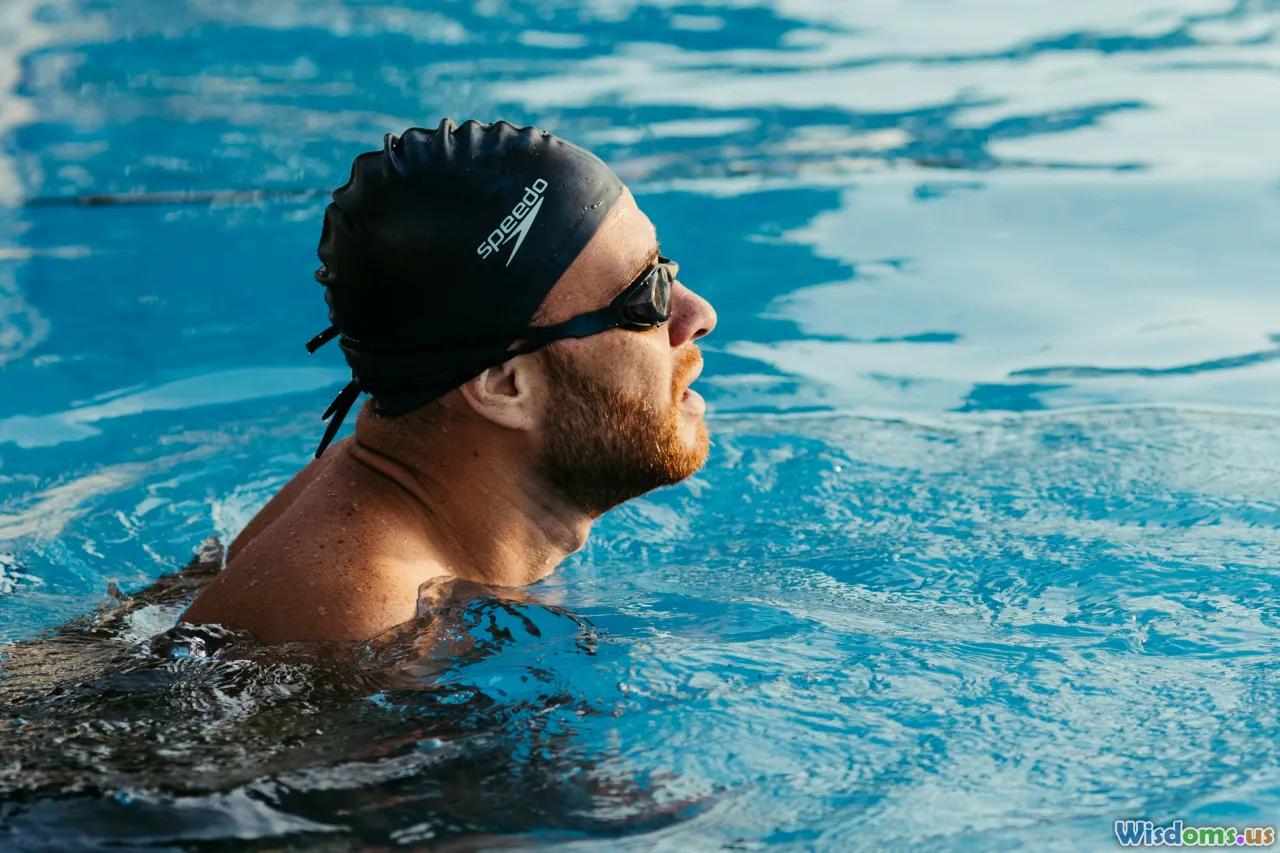
Cryotherapy, or cold therapy, is not new. Ancient Greeks, who enjoyed a good workout as much as modern-day athletes, doused themselves in chilly water after training. Today, regardless of the form—whether standing beneath a frigid shower or plunging into an icy tub—cold therapy is credited with reducing inflammation, moderating pain, and perhaps even enhancing muscular repair.
What’s the biological reason? When exposed to cold, your body constricts blood vessels (vasoconstriction). This temporarily decreases blood flow to muscles, reportedly limiting swelling and dulling nerve endings that signal pain. Once normal temperature resumes, blood rushes back, theoretically flushing away inflammatory byproducts and speeding up recovery.
A 2012 study published in Sports Medicine reported that immersion in water at 10-15°C (50-59°F) for 10-15 minutes alleviates delayed-onset muscle soreness (DOMS) in athletes. However, researchers note that the depth and temperature of cold exposure matter—factors where showers and baths differ considerably.
Cold Showers: Quick and Accessible Relief
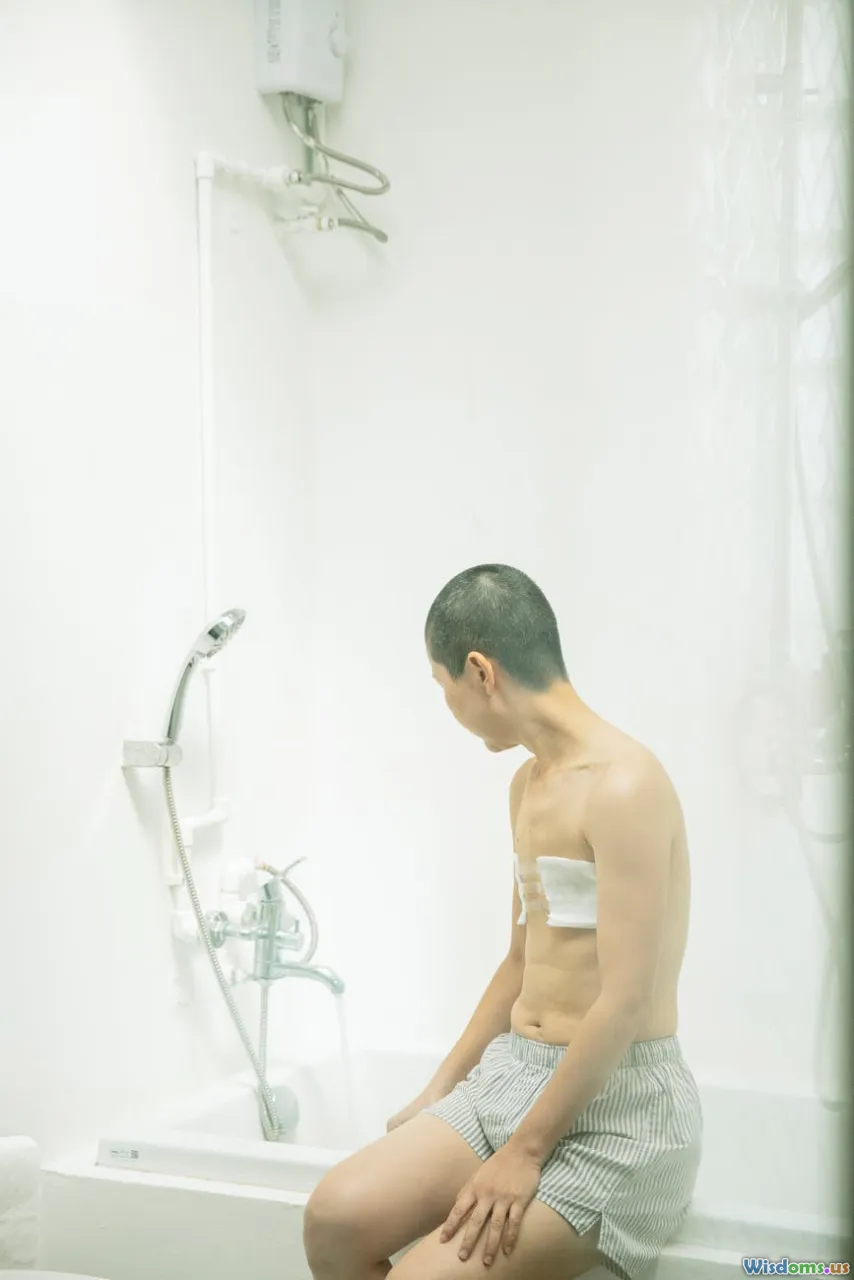
The humble cold shower is the everyman’s tool—requiring no specialized equipment, and offering instant access at home or the gym. Even a thirty-second blast can spike your adrenal response, making you feel momentarily awake and perhaps aiding mental resilience. But how valuable are these brisk rinses for muscle recovery?
Practical Application: How to Incorporate Cold Showers
Step 1: Finish your regular warm shower cycle; a pre-warmed body tolerates cold exposure better.
Step 2: Turn the temperature to its lowest, let water run over sore muscles for 30 seconds to 2 minutes.
Step 3: Rotate or target specific areas—shoulders, thighs, calves—for maximum benefit.
Tip: Deep, controlled breathing during the process is crucial as your body acclimates to the rush of cold.
What Does the Science Say?
For relief from minor soreness—think after a light jog or a strength workout—showers may reduce perceived fatigue. Dr. Christopher Bleakley’s systematic review (2010) found that while brief cold exposure provides subjective relief, the effects are typically less pronounced than full-body immersion in colder water.
Example: Weekend fitness enthusiasts like Mayra in Brooklyn report that just two minutes under cold water “soothes tight muscles and helps me feel re-energized,” although she admits that DOMS still surfaces occasionally after tougher sessions.
Pros and Cons
- Pros: Fast, convenient, little preparation, compliments post-workout hygiene
- Cons: Limited skin exposure (since water doesn't submerge the muscle tissue), temperature can be inconsistent, may not cool deep tissue as effectively
The Ice Bath: The Gold Standard for Intense Recovery
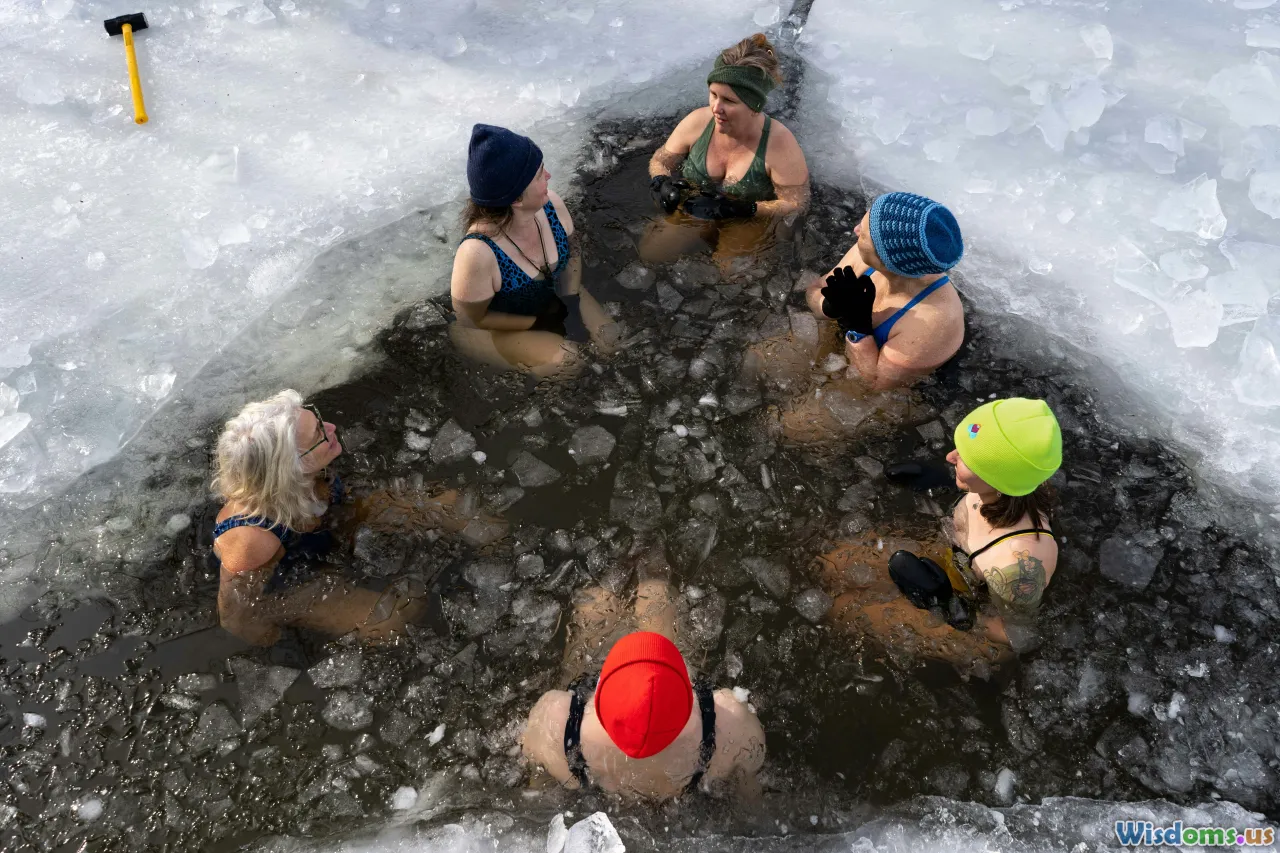
For athletes enduring grueling events—from soccer tournaments to CrossFit competitions—the ice bath represents the gold standard. Immersion in chilly water (typically 10-15°C/50-59°F, sometimes even colder) for 10-15 minutes fully exposes legs, hips, or even the entire body.
How to Take an Effective Ice Bath
-
Preparation. Fill tub with cold water. Add enough ice so the water settles around the target temperature. A thermometer helps—eyeballing it isn’t always reliable.
-
Timing. Most research points to the 10-15 minute sweet spot. Longer soaks aren’t necessarily better and may numb the skin or heighten discomfort.
-
Immersion. Submerge legs or full body up to the chest, depending on the sore muscle groups.
-
Aftercare. Dry off and warm up immediately with a towel and comfortable clothing.
Pro Tip: Wearing a sweatshirt on your upper body may help, especially if only legs are submerged.
Physiological Advantages
Studies, such as a 2016 review in the International Journal of Sports Physiology and Performance, demonstrated that ice baths meaningfully decrease soreness and may even prevent loss of muscle strength days after strenuous exercise compared to passive recovery or cold showers. Full immersion accelerates the physiological effects—vasoconstriction is greater, and hydrostatic pressure from immersion may further reduce swelling compared to cold showers.
Real-World Example: Tour de France cyclists famously line up for their daily ice baths after each stage. Many NBA and NFL teams provide athletes with dedicated cold plunge tanks. Anecdotally, they report less severe muscle stiffness and speedier returns to training.
Cons and Considerations
- Cons: Setup takes time, discomfort from very cold temperatures, not practical for every home, and may not suit individuals with cardiovascular concerns.
Fun Fact: Some elite runners use portable camping tubs filled with ice as makeshift ice baths after road races—a testament to their perceived value.
Head-to-Head: Cold Showers vs. Ice Baths
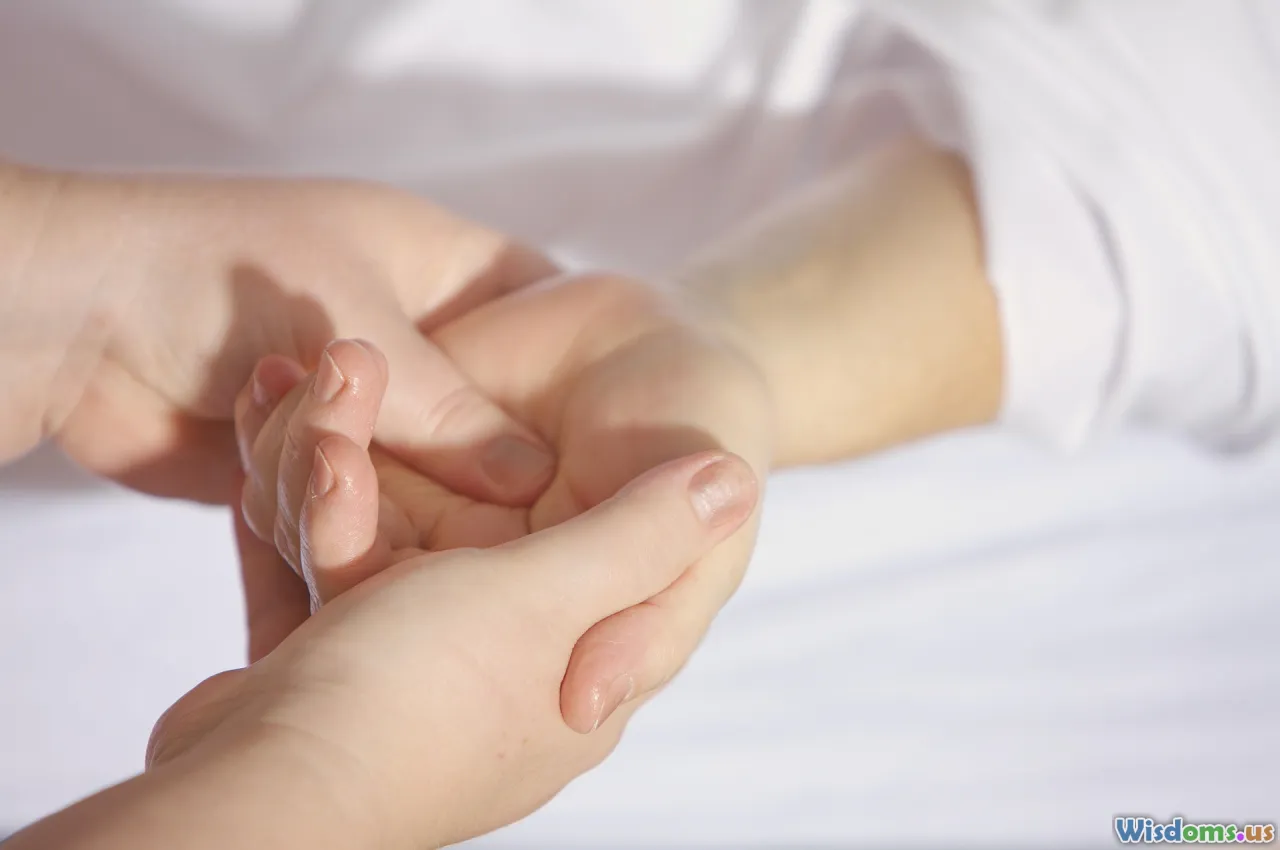
To truly settle which method aids muscle repair most, let’s directly weigh cold showers against ice baths based on science, accessibility, and athletic context.
| Aspect | Cold Showers | Ice Baths |
|---|---|---|
| Depth | Surface-level, limited immersion | Full or targeted limb immersion |
| Temperature | Typically 15-20°C (59-68°F), variable | 10-15°C (50-59°F), controllable |
| Convenience | Very high, available everywhere | Requires setup, ice, special tub |
| Duration | 1–3 minutes typical | 10–15 minutes standard |
| Effectiveness | Mild to moderate for soreness relief | Generally superior for intense DOMS |
| Safety | Broadly safe (short durations) | Some contraindications, discomfort |
| Cost | Included with normal water bill | More expensive (ice, extra water) |
Analysis: Ice baths reign supreme for both acute and major post-exercise muscle soreness, especially following intense or sustained exertion. Their physiological impact—vasoconstriction, hydrostatic pressure, tissue cooling—translates to better soreness and recovery metrics in scientific studies.
Conversely, cold showers shine in convenience and rapid implementation, which makes them a sound strategy for moderate or occasional relief, and for everyday wellness seekers.
Nuance in Recovery: When and Whom to Use What
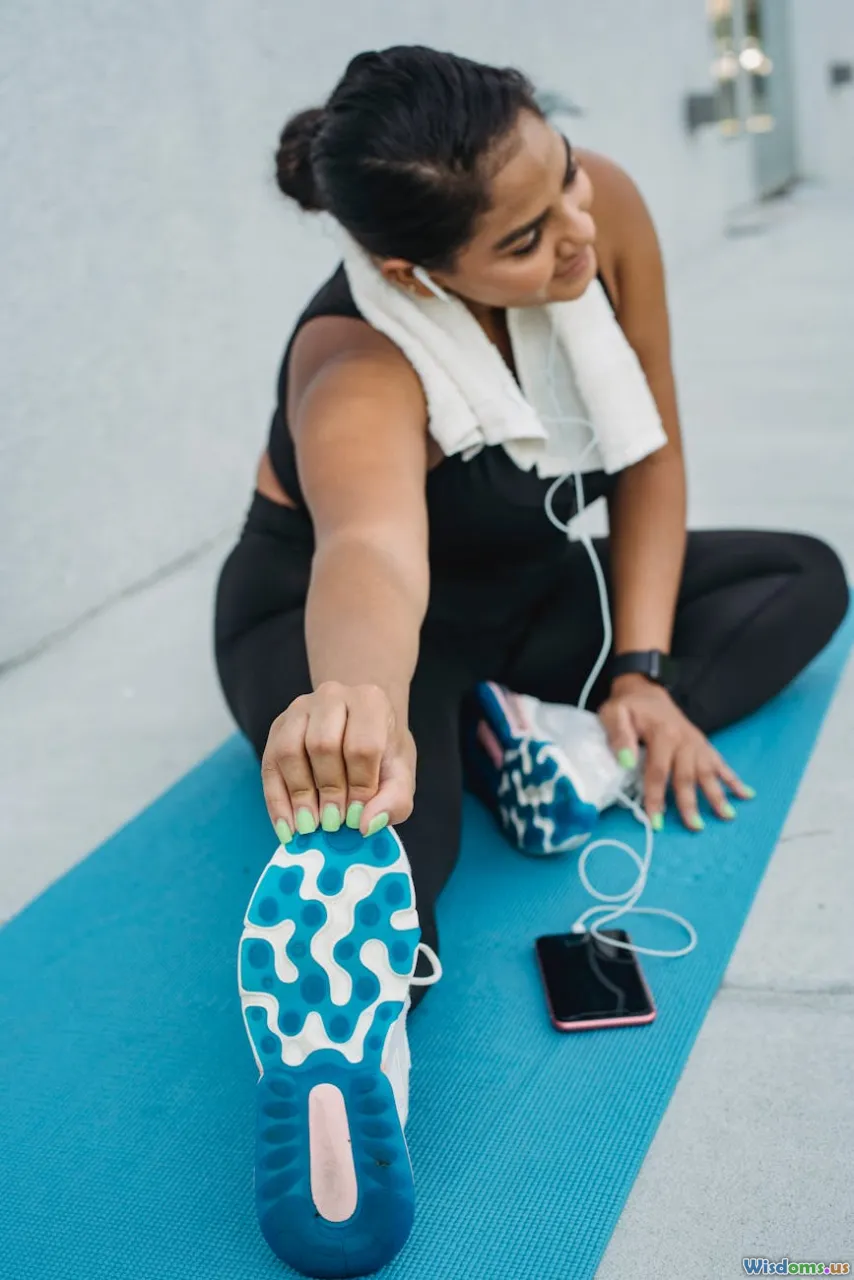
The right method isn’t strictly one or the other—it often depends on the intensity of activity, personal preference, and physical context.
Competitive Athletes
For athletes training daily or during multi-event schedules (e.g., tournament play, marathon prep), ice baths are more than a luxury. Muscle breakdown is higher, and the risk of inflammation derailing performance looms larger. Universities and professional training rooms often invest in dedicated cold-water tanks or boutique recovery centers.
Weekend Warriors and Recreational Exercisers
Cold showers may strike the balance between recovery and practicality. For someone tackling a new 5K training plan, a 1–2 minute cold shower post-run is usually adequate. It delivers a perky boost, mild anti-inflammatory benefits, and fits busy routines.
People With Health Conditions
Anyone with circulation issues, Raynaud’s disease, or cardiovascular problems should consult their doctor before taking up either therapy. Even healthy athletes should avoid hypothermia or prolonged exposure. General advice: If shivering, dizzy, or intolerant to the therapy, stop immediately.
Recovery Tips: Maximizing Results From Any Cold Therapy

Independently from the method, smart recovery means integrating cold water therapy as part of a larger supportive routine:
- Hydrate Well. Cold stress can mask thirst; rehydrate before and after.
- Pair With Active Recovery. Light movement (like walking or stretching) helps loosen muscles after cold exposure.
- Optimize Timing. For maximal effect, use within the first hour post-exercise when inflammation and swelling typically peak.
- Limit Frequency. Nightly plunges may not be necessary—overuse of extremely cold therapy could potentially blunt long-term adaptation to strength work, according to some sports scientists.
- Warmth Post-Therapy. Finish with warm clothes or even gentle movement, helping circulation normalize safely.
- Mind Safety. Start conservatively and increase time or cold exposure only as tolerated.
Recent Research: Exploring the Limits and Benefits
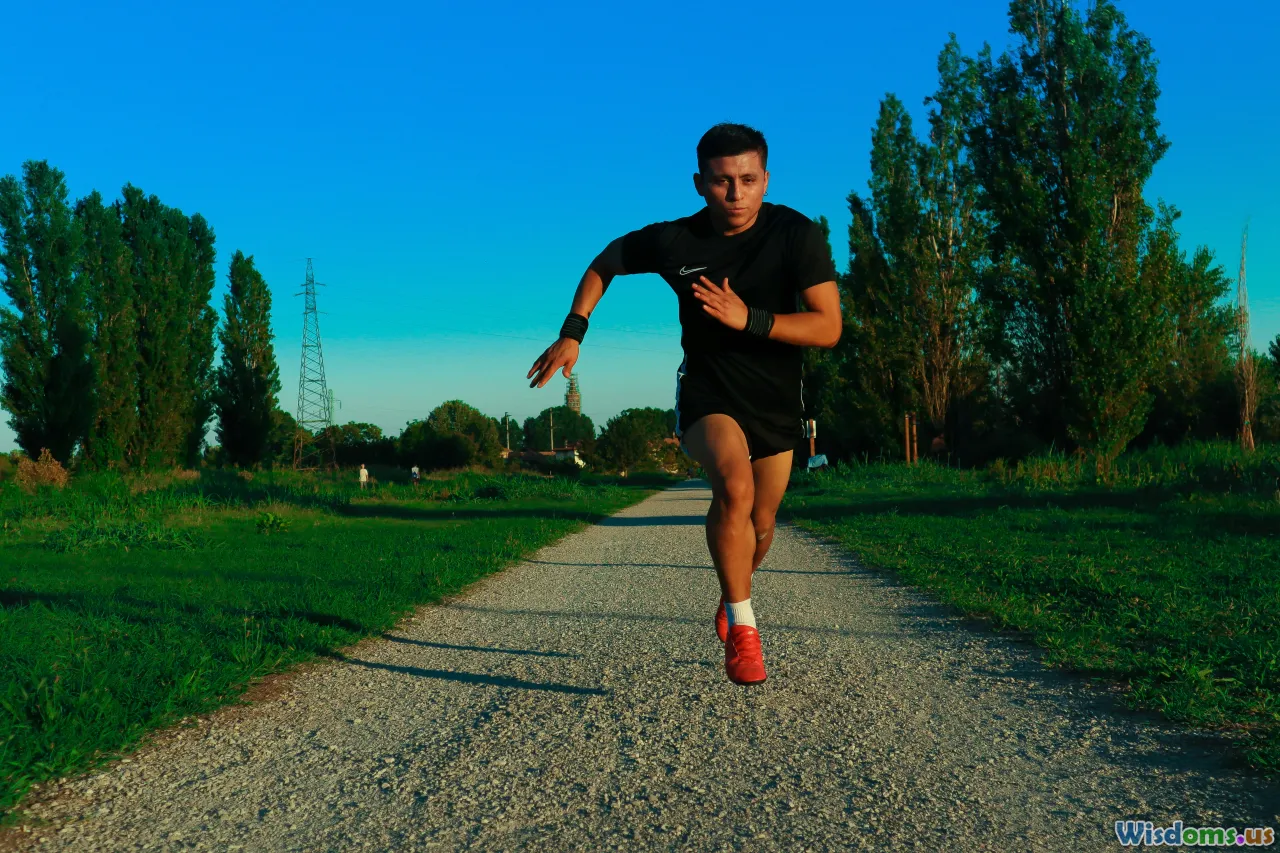
Though much research favors cold immersion for acute soreness, debate and discoveries continue. Recent papers highlight that frequent, deep cold exposure might slightly hinder muscle hypertrophy (building) when done immediately post-strength training—cold blunts the post-workout inflammatory response that the body partially relies upon for adaptation.
A 2019 study in the Journal of Applied Physiology suggested that while cold plunges benefit athletes during competition windows or peak training, they might procrastinate gains if used after every resistance session.
Scientists also note: much of the immediate pain relief is subjective, so for some, a cold shower's brief refreshment may be psychologically as valuable as a full bath—especially when the stress-relieving boost or sleep improvement matters most.
Make Cold Therapy Work for You

From the simplicity of a cold shower to the all-encompassing chill of an ice bath, cold water therapy offers options for nearly everyone. If you're an elite endurance athlete facing rigorous multi-day events, investing time in ice baths is supported by both research and real-world applications. For the daily gym goer, the invigorating rush of a cold shower delivers fast, user-friendly relief—enough to feel your best as you chase your daily fitness goals.
Both approaches find their place in the evolving playbook of muscle recovery. The best method is the one you’ll consistently use, respect for safety guidelines, and adapt to your own body’s responses. Whether it’s a brisk shower before bed or an icy plunge after game day, chilling out might indeed be your ticket to improved performance and faster rebound.
Rate the Post
User Reviews
Popular Posts















